What is the one thing in life that would make you happier? What is the one thing that will improve the quality of your life? Most people answer this questions by linking them to making or having more money. And although, generally speaking, having a larger yearly income makes life easier, research shows that earning above 70,000.00 per year does not significantly increase your levels of happiness or life satisfaction. Research shows that even lottery winners level out their happiness at 6 months after having won the lottery.
In other words, even though we believe that making or having more money would make us happier and increase the quality of our lives, it actually doesn’t have as much of an impact as we may think it does.
If money is not the answer…what could make us happier then?
So the field of Positive Psychology has come out with some beautiful and powerful research about happiness. In fact, they have actually created an equation that is scientifically proven to improve the quality of your life and increase your overall levels of happiness! Curious?!
Recipe
1-Spend less time alone. Spend more time with loved ones (whose company you enjoy).
2- Spend some time helping others (just for the sake of it)
3- Make time for gratitude and express it. Write a letter of gratitude to 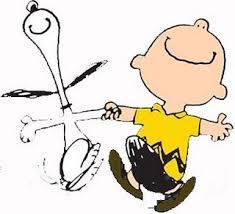 someone who has helped you. Research shows this act can bump up your wellbeing for up to a month
someone who has helped you. Research shows this act can bump up your wellbeing for up to a month
4- Do 20 minutes of cardio exercise 3 times a week. Cardio in the morning will bump up your mood for 24 hours.
5- Sleep more than 5 hours a night. Sleep helps your immune system and improves your mood.
6- Take time to be in the present moment. (Practice mindfulness through the day)
7- Practice time affluence
Why not try out some of the ingredients in this recipe and see what kind of results you get from them?
Cheers to your happiness!

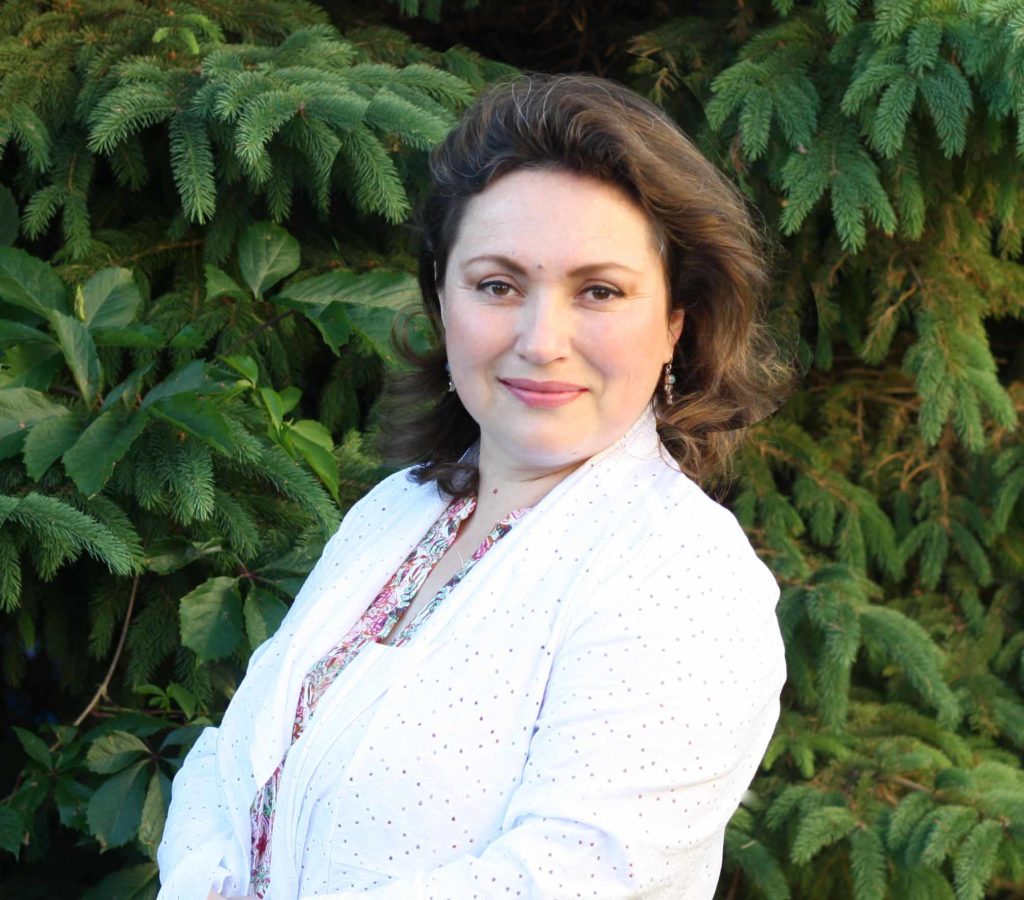


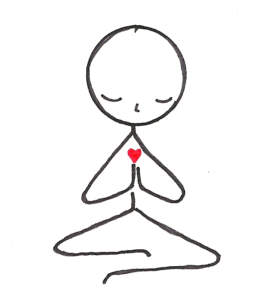 and self care. I would have burned out trying to juggle family life, school work and client work. The journey wasn’t easy. More often than not, it was it was a real struggle. The more deadlines and challenges, the more my type A personality would kick in (Yikes!).
and self care. I would have burned out trying to juggle family life, school work and client work. The journey wasn’t easy. More often than not, it was it was a real struggle. The more deadlines and challenges, the more my type A personality would kick in (Yikes!).

 To end this post, I’d like to express a heart-felt THANK YOU. Thank you for allowing me to be of assistance in your journey. Thank you for allowing me to learn from you. Thank you for allowing me share with you.
To end this post, I’d like to express a heart-felt THANK YOU. Thank you for allowing me to be of assistance in your journey. Thank you for allowing me to learn from you. Thank you for allowing me share with you.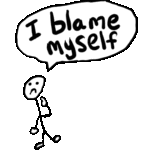 lack of actions or experiences, especially when we are discussing other adults in our lives.
lack of actions or experiences, especially when we are discussing other adults in our lives. challenges. In general, we know that the more global view of a problem the more chances of finding a solution.
challenges. In general, we know that the more global view of a problem the more chances of finding a solution. she would blush, but the more she blushed the more embarrassed she became. And so on, and so on. Jenny is not alone. Recent research shows that the more we think we are blushing, the more we actually blush.
she would blush, but the more she blushed the more embarrassed she became. And so on, and so on. Jenny is not alone. Recent research shows that the more we think we are blushing, the more we actually blush. the self-imposed comfort zone can be challenging, but it is necessary for personal growth.
the self-imposed comfort zone can be challenging, but it is necessary for personal growth.
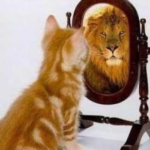
 their written accounts in an envelope. One group was instructed to seal the envelopes and the other group was instructed to leave them open. The participants in the study who sealed their written accounts of loss or regret inside an envelope reported feeling much less troubled by these memories than the participants who had written them down but not sealed them in.
their written accounts in an envelope. One group was instructed to seal the envelopes and the other group was instructed to leave them open. The participants in the study who sealed their written accounts of loss or regret inside an envelope reported feeling much less troubled by these memories than the participants who had written them down but not sealed them in.